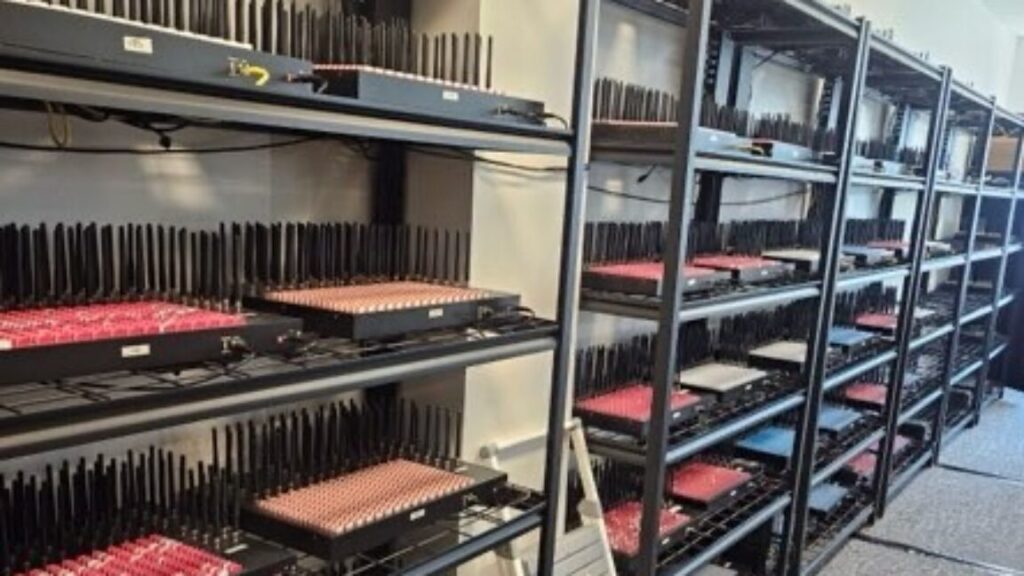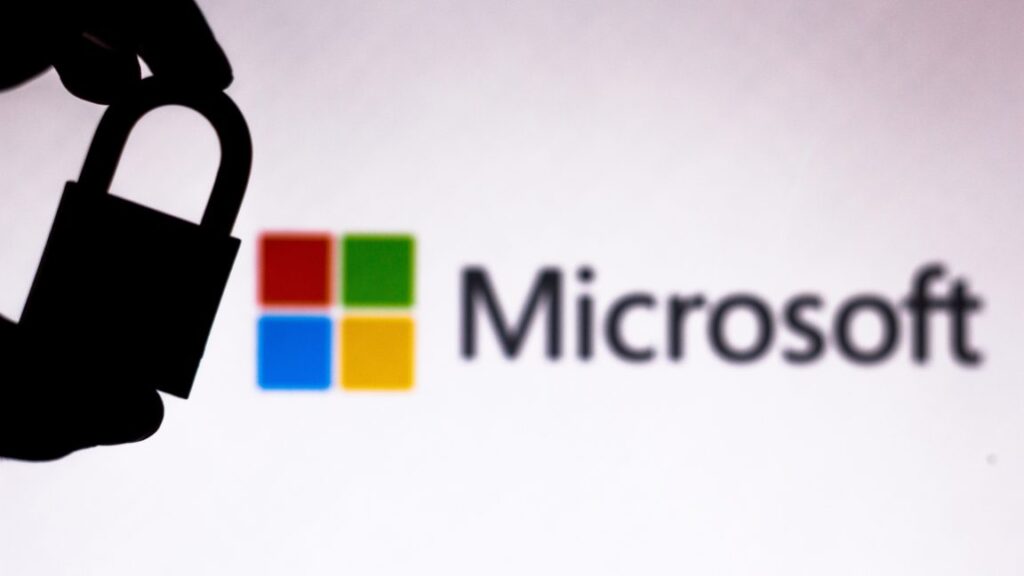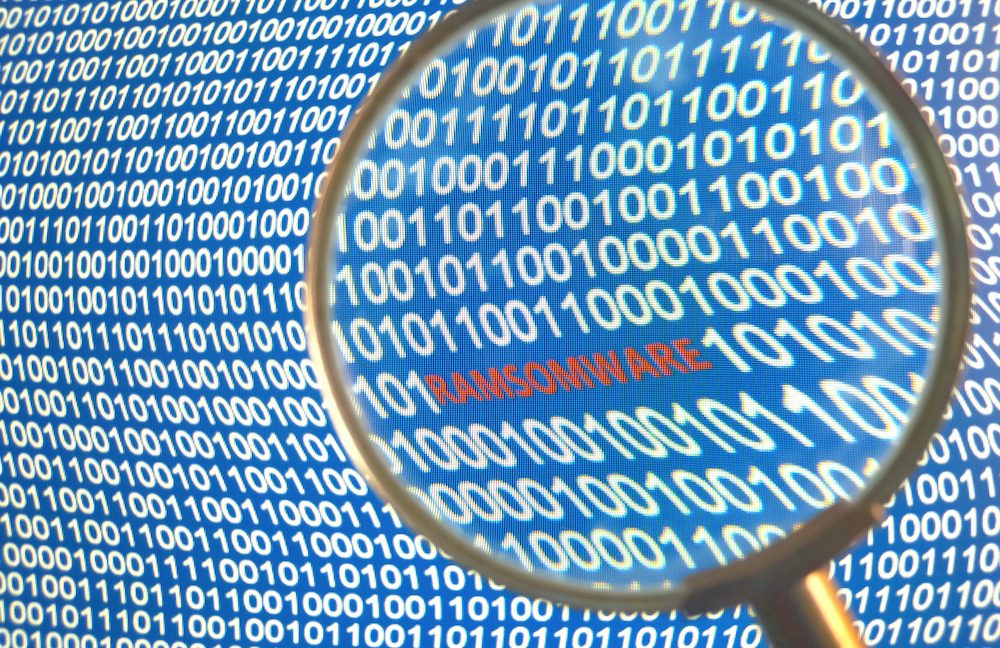ICE wants to build a 24/7 social media surveillance team
Together, these teams would operate as intelligence arms of ICE’s Enforcement and Removal Operations division. They will receive tips and incoming cases, research individuals online, and package the results into dossiers that could be used by field offices to plan arrests.
The scope of information contractors are expected to collect is broad. Draft instructions specify open-source intelligence: public posts, photos, and messages on platforms from Facebook to Reddit to TikTok. Analysts may also be tasked with checking more obscure or foreign-based sites, such as Russia’s VKontakte.
They would also be armed with powerful commercial databases such as LexisNexis Accurint and Thomson Reuters CLEAR, which knit together property records, phone bills, utilities, vehicle registrations, and other personal details into searchable files.
The plan calls for strict turnaround times. Urgent cases, such as suspected national security threats or people on ICE’s Top Ten Most Wanted list, must be researched within 30 minutes. High-priority cases get one hour; lower-priority leads must be completed within the workday. ICE expects at least three-quarters of all cases to meet those deadlines, with top contractors hitting closer to 95 percent.
The plan goes beyond staffing. ICE also wants algorithms, asking contractors to spell out how they might weave artificial intelligence into the hunt—a solicitation that mirrors other recent proposals. The agency has also set aside more than a million dollars a year to arm analysts with the latest surveillance tools.
ICE did not immediately respond to a request for comment.
Earlier this year, The Intercept revealed that ICE had floated plans for a system that could automatically scan social media for “negative sentiment” toward the agency and flag users thought to show a “proclivity for violence.” Procurement records previously reviewed by 404 Media identified software used by the agency to build dossiers on flagged individuals, compiling personal details, family links, and even using facial recognition to connect images across the web. Observers warned it was unclear how such technology could distinguish genuine threats from political speech.
ICE wants to build a 24/7 social media surveillance team Read More »

















